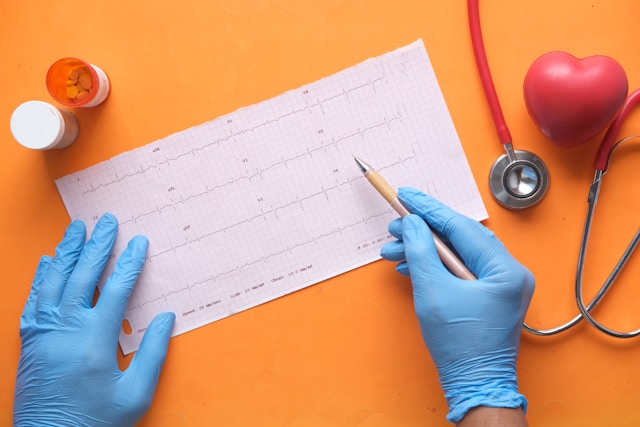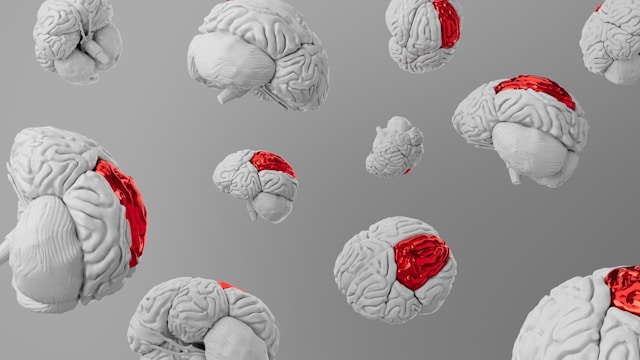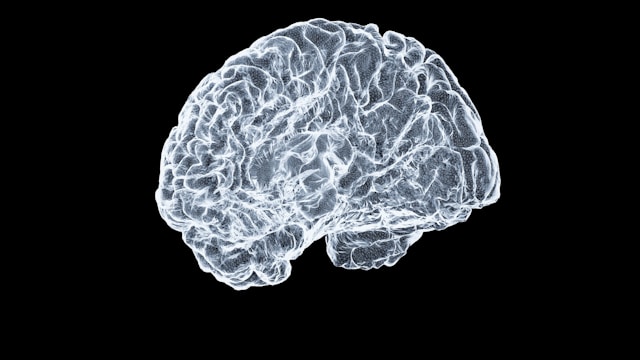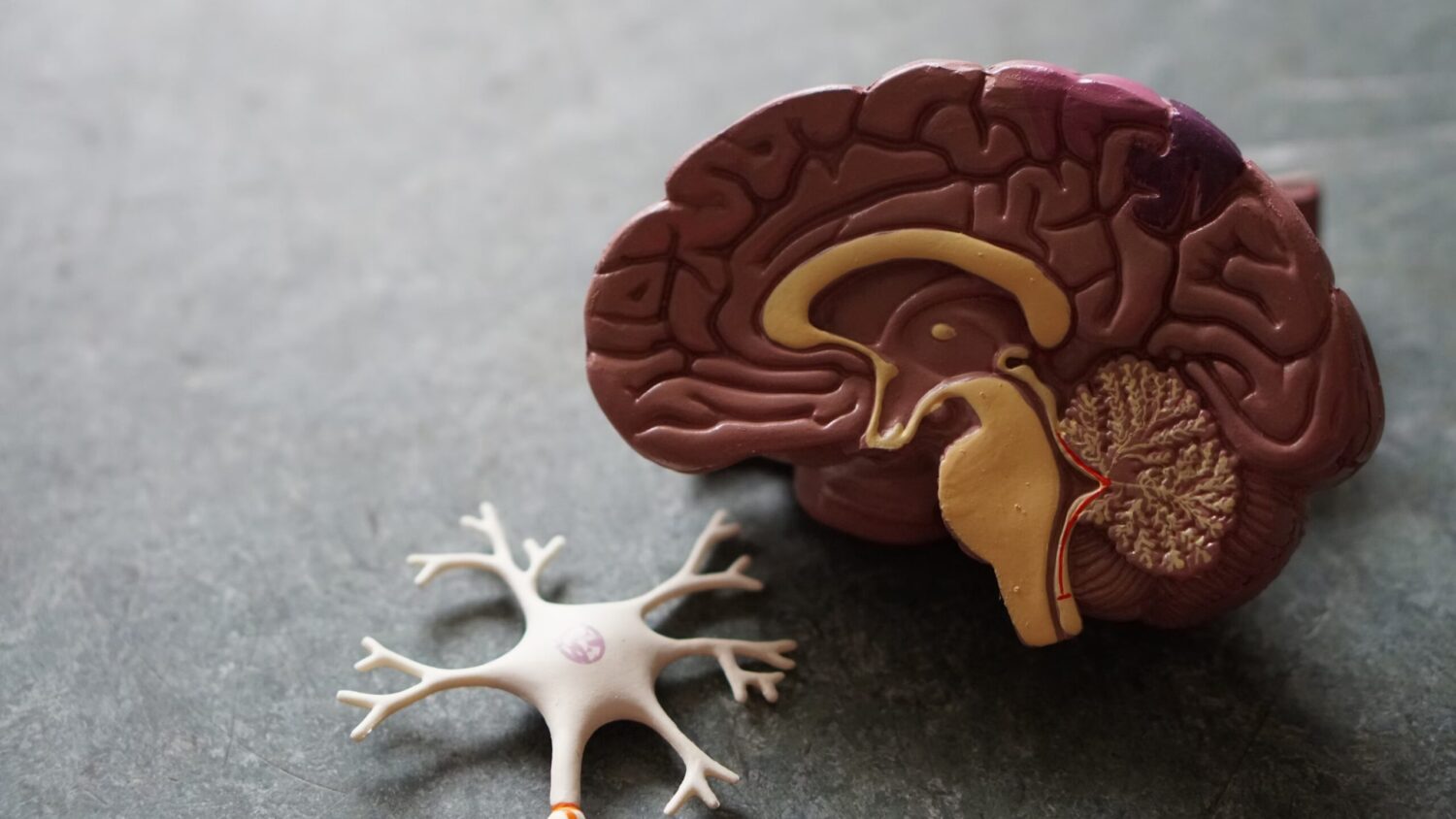Authors:
G.R. Khamitova
The use of Mexidol® in children's neurological practice
Place of publication:
neurology, 2012
Summary:
the problem of the health of the younger generation is one of the most relevant in both biological and social terms, and acquires special significance in modern conditions. Effective prevention and treatment of neurological diseases in children are important tasks. Children's neurological incidence in the Republic of Bashkortostan occupies one of the leading places not only in frequency, but also in the severity of clinical manifestations. Every 8th child out of 1000 is born with neurological dysfunction and from them every 10th child subsequently has a limitation of life. According to the United Nations, out of 120 million children with disabilities, a share of neurology accounts for 30%. In everyday clinical practice, decompensation of the consequences of the lesions of the nervous system in children, such as perinatal encephalopathy, the consequences of neuroinfections, the CTM, etc. are often found that it is possible that encephalopathy transferred in childhood create the basis for the formation of a number of diseases in an adult. When evaluating the outcome of brain damage, the risk of neuropsychiatric disorders with difficulty learning, emotional-volitional, psycho-regional disorders turned out to be extremely high and is 13-47%, therefore, attention should be paid to adequate systematic treatment, early rehabilitation measures from the first months of the child’s life. It is important to consider that in children the high adaptive capabilities of the body to restore impaired functions are much more expressed than in adults, and allow us to exclude or minimize the severity of disability.
Actual
Actual
THE INFORMATION IS INTENDED FOR HEALTHCARE AND PHARMACEUTICAL PROFESSIONALS. THIS INFORMATION IS NOT INTENDED AS A SUBSTITUTE FOR MEDICAL ADVICE.
Source of photos and images Shutterstock.com








